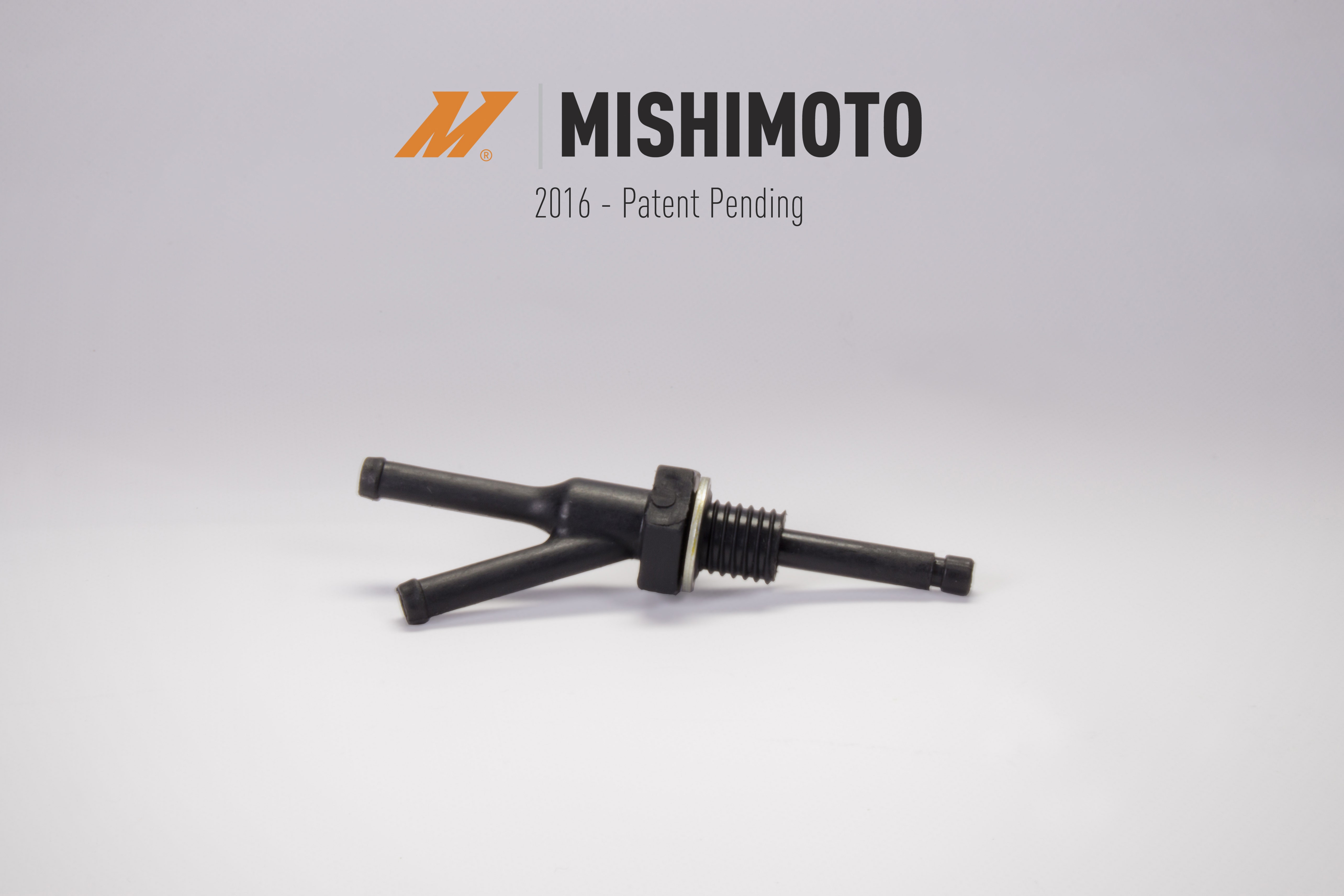
Don't Worry Baby - Catch Can R&D, Part 3: Drilling In and Striking Oil
Good afternoon, Camaro 2.0T and Cadillac ATS owners, and welcome to the latest R&D post for our 2013+ Cadillac ATS and 2016+ Camaro 2.0T catch can kit. For a recap on why you might want to remove blow-by from your engine, check out our technical article ALL about the nasty stuff. We've got some pretty awesome developments to share, but first let me begin by"
Setting the Scene
Imagine, for a moment, the warm hue of soft, August light, gently bathing the wooded pastures of northwestern Pennsylvania in a quilt of contrasting gold. The sun lingers low in the late-afternoon sky and casts heat over the valleys, but the breeze brings with it a subtle bite; a subdued, but confident nod to autumn's imminent arrival.
For most, this weather typically imparts an assured sense of calm as the summer comes to a close, but it is unlikely that the weather in 1858 had any such impact on an unemployed railway worker named Edwin Drake.
Ill and having lost both wife and child, Drake found himself living hopelessly in Titusville, PA, when he was contacted by Seneca Oil company to investigate possible oil fields in the area. Hired for his access to rail-owned land, Drake set out, laboriously and exhaustedly combing the land for rock-oil and deposits, when he happened upon a promising oil seep.
The deposit was said to be too deep within the earth - unobtainable and a worthless pursuit. But Drake, persistent, leased a steam engine and engineered his way into the ground, eventually striking big oil and with it, the proverbial match that ignited the United States' first oil boom.

Steve, looking like a 19th century BAUS.
It is difficult to imagine the sheer sense of accomplishment that a man must feel under such circumstances. Difficult to imagine for you or me, that is - but not for Steve, our engineer working on the Mishimoto 2016+ 2.0T Camaro Catch Can kit.
Cut to the Good Stuff
That was a bit of a lengthy intro, but I felt I had to set the tone for what turned out to be quite the ingenious piece of engineering - surely one of the greats in modern history. As you may recall from our previous catch can R&D post, we had discovered our very own "unobtainable" deposit in the form of a third CCV valve system buried deep within the valve cover of the LTG engine in our 2016 Camaro 2.0T.
Steve speculated that this would be the source of major blow-by; the two external valves were just rock-oil, but this would be our jackpot oil field. Why was he so sure?
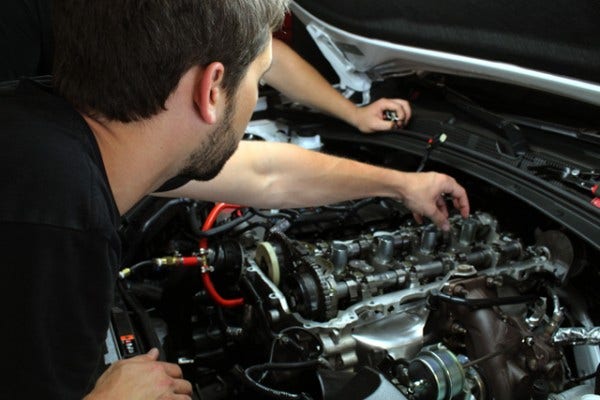
Exploring the valve assembly!
Of the three CCV systems on this engine, this internal valve system is the only one that is tied directly into the intake manifold. As such, it is the only system to experience significant vacuum conditions, making it a likely candidate for the busiest blow-by valve in this engine.
Yes, one can tap the external valve systems into a vacuum source to draw more blow-by, but as long as the internal valve remains unaddressed, your engine is not fully protected - note that I said "engine" and not "Camaro", because this applies not only to the Camaro catch can but also to the Cadillac ATS and any other LTG-equipped turbo vehicle!
Catch Can Breakdown
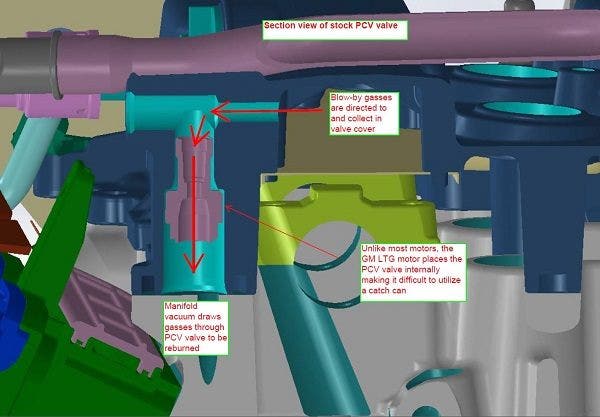
Stock engine cutaway of internal CCV valve.
Above is a cutaway shot of the internal CCV valve. As you can see, the blow-by congregates within the valve cover before being drawn through the internal CCV valve. Blow-by then travels through channels in the head, part of the intake manifold, and feeds into the intake runners.
The only issue, of course, was to determine a means by which we could tap into a CCV valve that's inside the valve cover. Not an easy task, but Steve pulled it off - let's find out how.
The Fix is In for our Camaro Catch Can
Behold, the solution to the blow-by problems in your LTG!
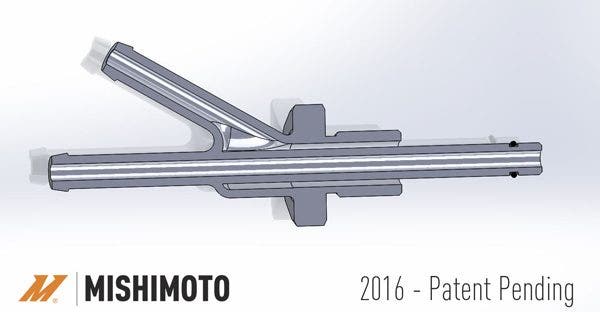
What on earth are we looking at? This is a patent-pending tap that threads into a port in the side of the valve cover near the internal CCV system. The tap isolates crankcase vapor coming from within the valve cover by routing it through its long tube (on the right in the above photo) and sealing off any other path with an o-ring. The vapor passes straight through the tap, into a hose that leads to the catch can.
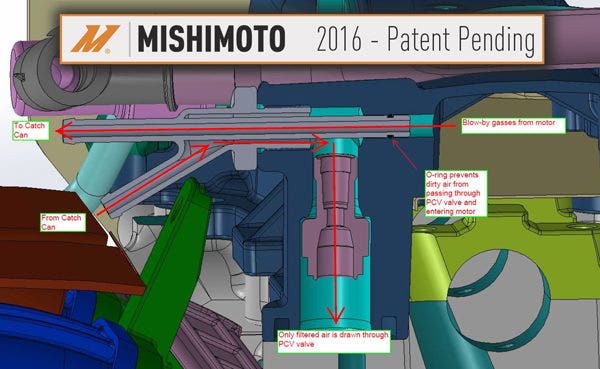
After blow-by condenses in the catch can, the air, now free of oil, returns to the engine through the angled offshoot of the tap, where it travels back into the CCV valve via channels surrounding the tap's pass-through.
You've seen the diagrams, but what does this thing really look like?
The Results
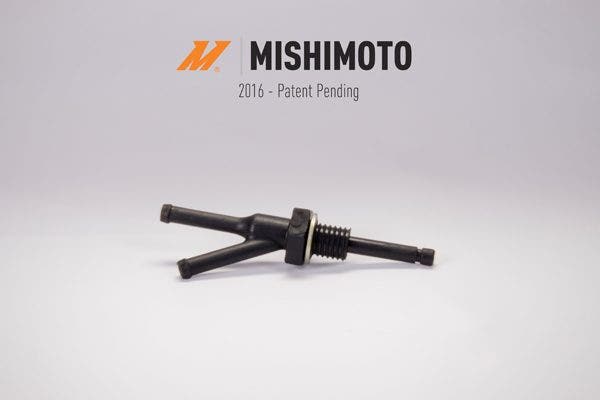
There she is, in all her glass-reinforced nylon glory.
You might notice that I've been liberally using the term, "solution". An eagle-eyed observer may note that a solution, by definition, must solve a problem. So did we? I'll let you be the judge.
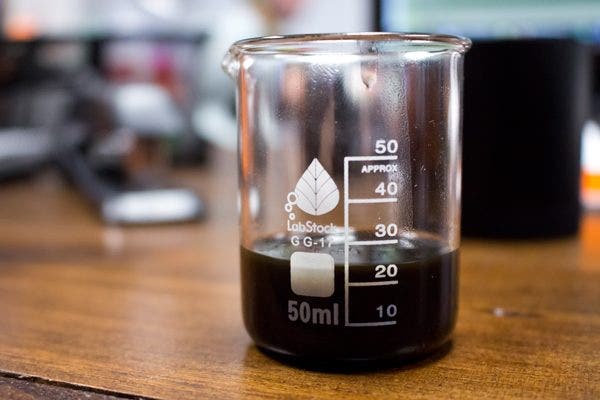
The blow-by pictured here was captured after driving our Camaro slightly over 1,000 miles. I'd say we struck oil!

Blow-by: part of this balanced breakfast.
Next Time"
This has been a long process, not only due to the complexity of the problem we needed to solve, but also due to time spent dealing with suits who aided us in our patent filing! We are very excited about this, and next time, I'll have some photos of the part installed on the car, and maybe some pictures of the can mounted up as well.
We shouldn't be too far from a pre-sale at this point - the hard stuff is behind us, so the rest of the R&D process should really blow by. (See what I did there?)
Thanks, and stay tuned!
-Gardiner











